

A right turn at the crossroads near Punta Engaño, a tongue of land jutting out into the sea, led me to yet another stretch of road that seemed to go on and on until a signage at an abandoned residential real estate project pointed me towards my destination. A kilometer more.
The eastern side of Mactan Island has always been known as a beachgoer’s strip. Decades ago, when the tourism industry was not yet fully developed as it is now in Cebu, a family’s vacation highlight had always been a dip and frolic at one of the small resorts along the Hilutungan Channel.
Over the years, a steady stream of developers have been swallowing up tracts of beachfront and constructing high-end hotels and resorts that cater mostly to foreign tourists and the monied set.

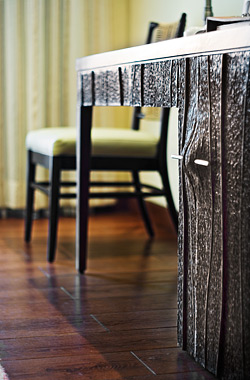
I entered the resort complex, into a spacious but rather boring set of low structures that give no hint of the promised ‘tropical hideaway.’ After a few meters from the portico though, along the covered walkway to the foyer facing the sea, I was in for a good surprise.
What used to be a rugged environment punctuated by sharp and coralline rocks typical of the eastern Mactan landscape is now a well-appointed establishment. Crimson Resort and Spa is a six-hectare, 290-room complex with suites, villas, pools and other resort amenities.
Buoyed by Cebu’s fast rising tourism and business potential, and its promotion by the Department of Tourism as “one of Asia’s best destinations,†Filinvest Development Corporation (FDC) made their first foray into the hospitality industry with Crimson Resort and Spa. It is managed by Filarchipelago Hospitality Inc., a joint venture between FDC and Archipelago International Pte. Ltd. of Singapore. Master planning was done with the team up of Wimberly Allison Tong & Gou, a resort architectural and interior design firm from California; and Belt Collins, a landscape architecture firm based in Hong Kong.
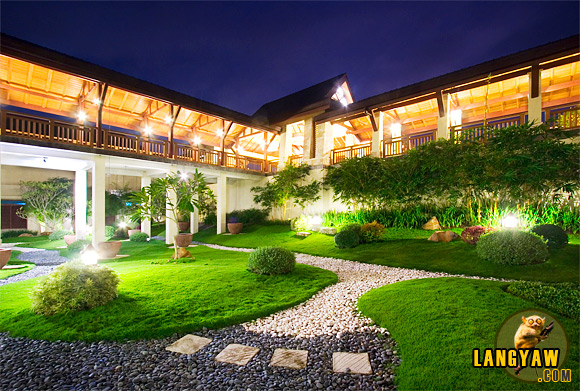
The overall layout is simple yet functional. At the center is the resort complex where the activity areas are located: lobby, restaurants, fitness center, infinity pool and the private beach area where one can do water sports. This is flanked by the 250 suites and 40 villas that are accessed by golf carts but are also close enough for a leisurely walk along a network of paths all leading to the main area. The Aum Spa is near the villas and a few meters from the guest entrance.
One notable aspect of Crimson is the architecture that takes an Asian Contemporary approach with Balinese-inspired design: high ceilings, tiled floors, open spaces and a conscious effort to use native and available materials consonant with modern technology and construction methods. One such part, the foyer, echoes the Balinese bale, an open structure common in the Indonesian island.
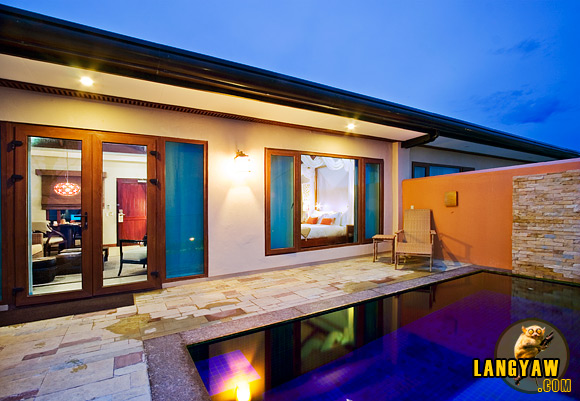
The entrance to the villas also calls to mind the stripped anahaw leaf-topped gates that are also common in Bali. There are lots of greenery that blend well with the overall landscape, a tropical setting indeed—well, except for the white sand at the beach, which is not typical of Bali or the eastern side of Mactan, for that matter (the white sand is sourced from elsewhere)—but is de rigueur in the resorts along this side of Mactan.
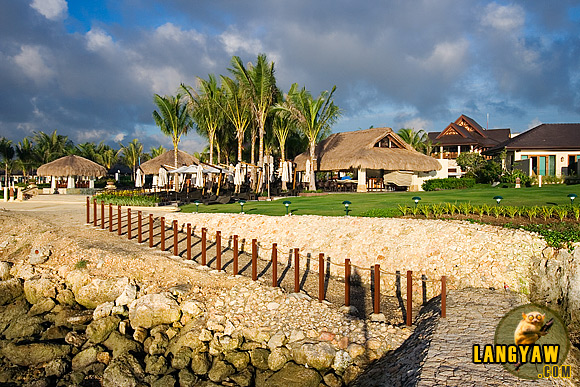
There is a harmonious flow between spaces, between the different parts of the building and surrounding areas, between indoors and outdoors. A gradual transition from the built to the natural is evident in the progression from the main building to the infinity pool, the beach area then the sea—from man-made to the organic.
However, the exterior has a tendency to be imposing and heavy, with its sharp lines, strong contrasts and bold shapes dominated by squares, rectangles and triangles. The masculinity and rigidity of the architecture, however, is beautifully tamed by the gardens, the flowing water and the femininity of the curvilinear accents found throughout.

The interiors are a different matter. Whether in the lobby, restaurants, villas or suites, there is a marked effort to stay as comfortably informal and homey as possible. This is achieved through intelligent lighting, the sense of flow (as against structuredness) of the spaces, and accessories and finishes that are inviting, warm and natural.
One thing that readily catches one’s attention is the use of native materials in the furniture, décor and parts of the structure. Crimson is proud to say that 95 percent of its materials were sourced from Cebu. There is always something interesting to look at in the interior spaces: the unusual finish of a table that uses stripped coconut shell arranged in a mosaic; the intricate weaving of a chair over a wire frame; a massive slab of tree trunk serving as front desk.
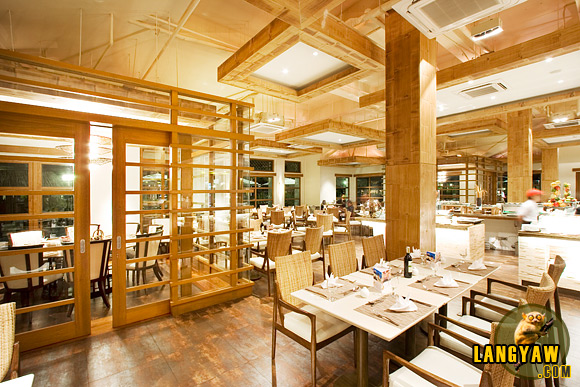
Over at Saffron, the main restaurant, the panelling of posts and the edges of the lighting fixtures are made with flattened bamboo, resulting in a space enveloped in very interesting textures and patterns. With lighting, the golden bamboo surfaces exude warmth.
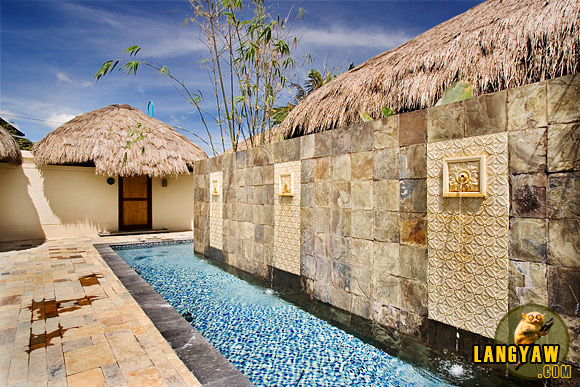
It is dusk and the cool colors of the fading twilight contrasts beautifully with the warm lights of the resort complex. There are people taking a dip at the infinity pool while Azure, the chill out bar near the sea, is just starting to perk up. Walking along the narrow pathway to the suites, I can’t just help but feel a sense of familiarity. While the inspiration is Balinese architecture, the common climate and the same equatorial distance created parallels with our own Philippine vernacular but in a contemporary setting. The use of space, incorporation of native materials and clean harmony with the same tropical environment is thus recognizable and feels like home.
Originally published in BLUPRINT Vol 2 2011.